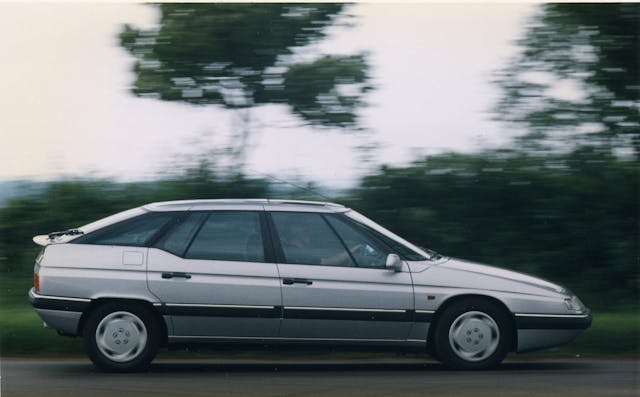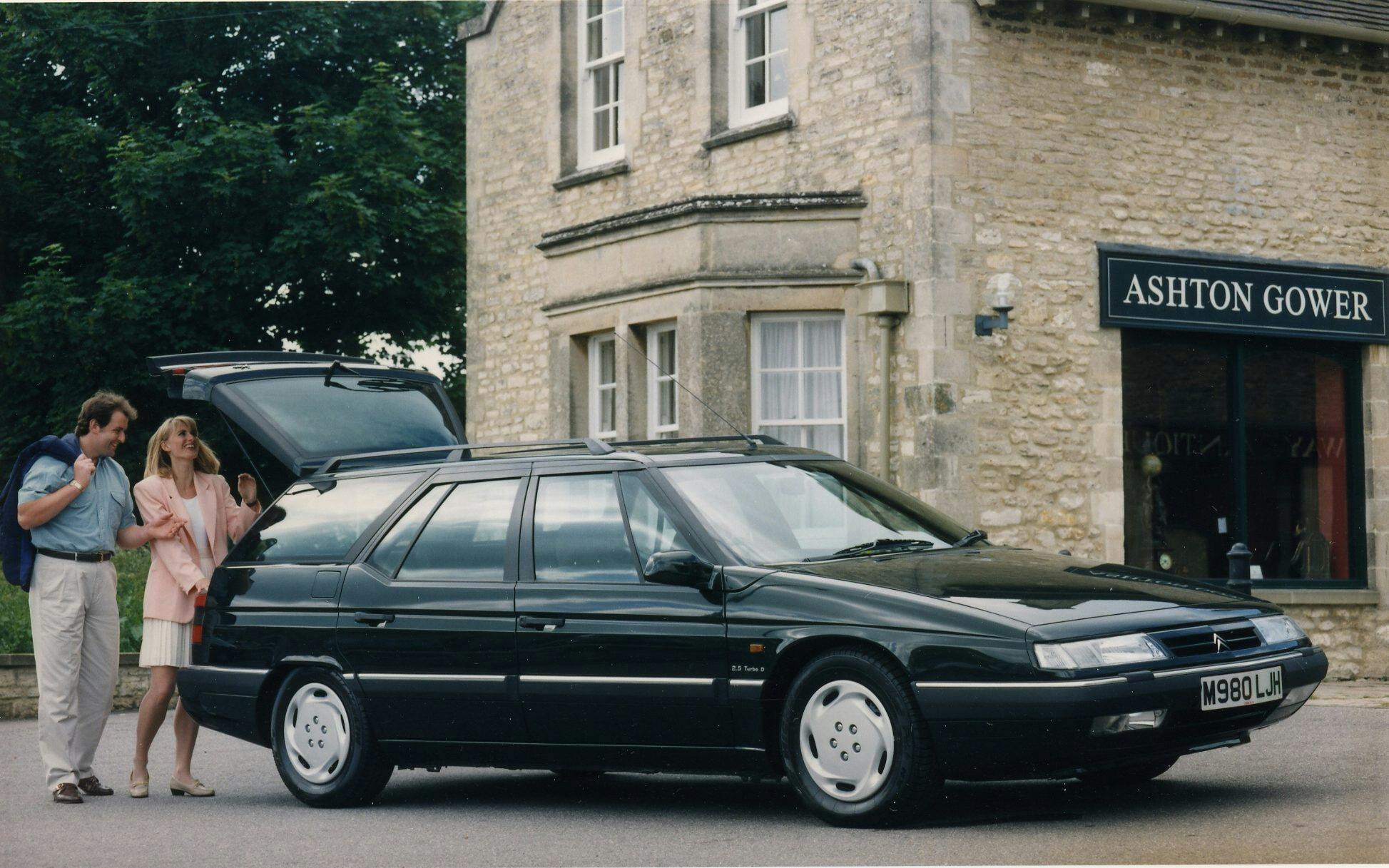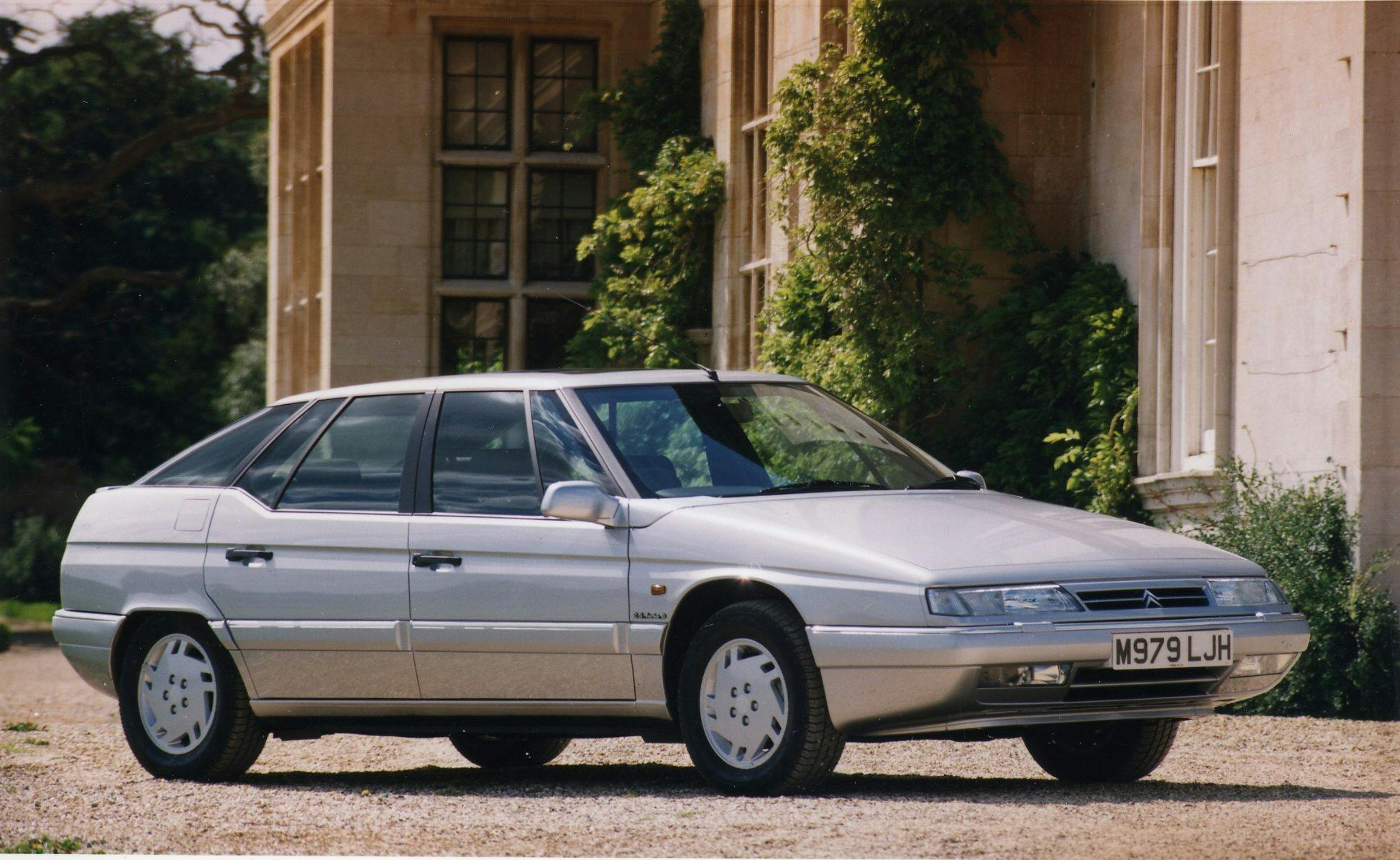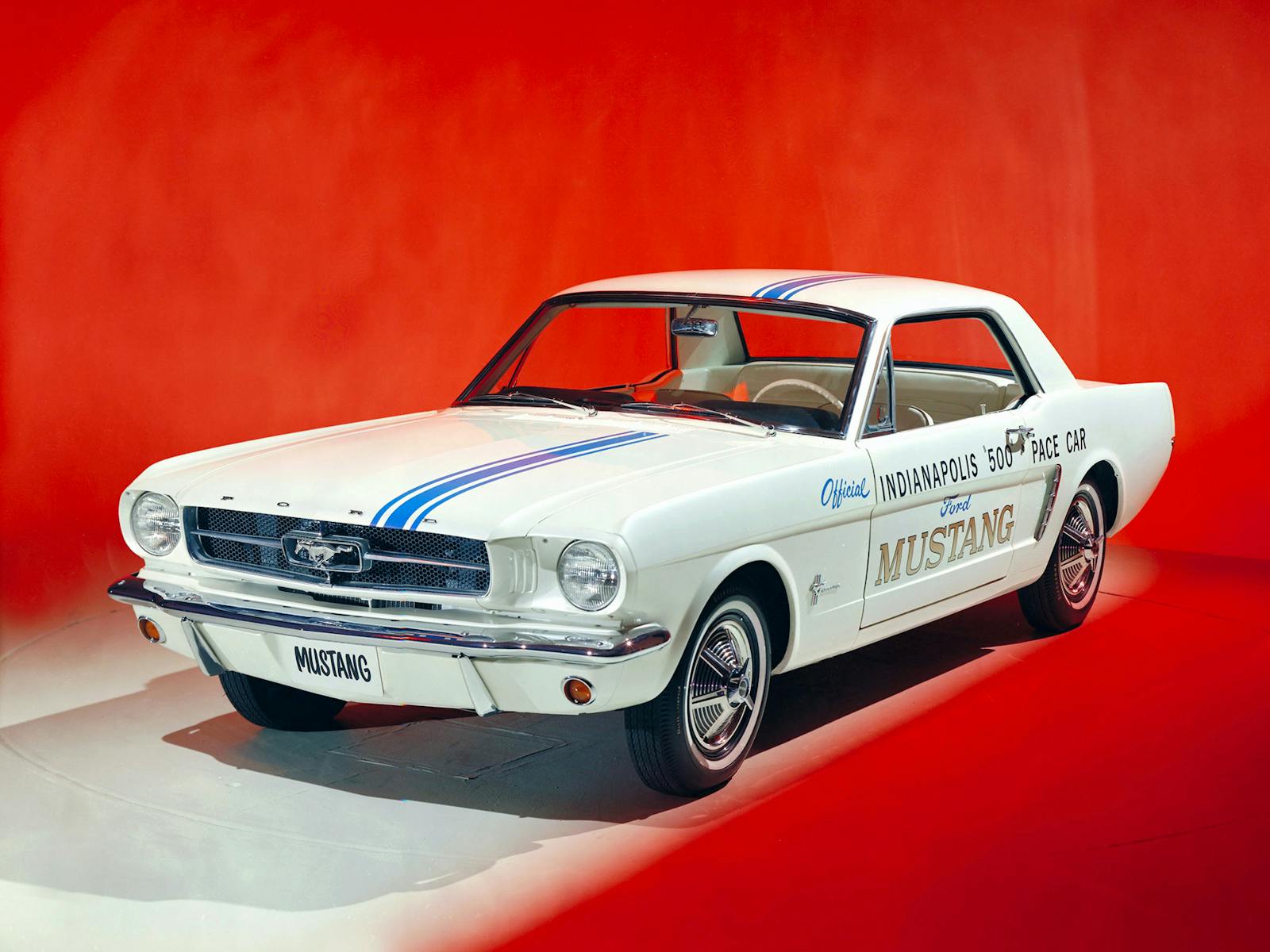BMW’s XM wasn’t the first (or the most extraordinary)
BMW’s latest 750-hp concept SUV is not the first quirky car to wear the XM badge. That honor goes to Citroën’s 1989, Bertone-designed hatchback and estate.
Frankly, it was no less avant garde than the BMW at the time it appeared. Replacing the sleek CX and continuing a line of luxurious gallic barges that began with the DS, the vehicle’s sharp angles were a marked contrast to the softer styling of its forebears.Tiny headlights and a chiseled snout gave the XM a small frontal area to aid aerodynamic performance, while the cabin was bathed in natural light thanks to a rather unnecessary arrangement of no less than 13 windows.
Inside, the XM was actually quite conventional by Citröen standards. Gone were the peculiar floating-and-rotating drum speedometer and tachometer to be replaced by regular dials, and the one-piece dashboard was simply modern rather than crazily futuristic. Even the steering wheel had four spokes instead of just one. At least the seats were suitably soft and over-cushioned to aid that legendary ride comfort.

The XM, of course, continued to use Citröen’s hydro-pneumatic suspension system, with its combination of pressurized nitrogen gas spheres and liquid hydraulique minérale in the dampers. For the XM the system was christened Hydractive and used a computer to control the suspension firmness for the first time. With sensors detecting wheel speed, accelerator position, braking effort, body movement and steering wheel angle the ECU was able to adjust the suspension in as little as 0.05 seconds. A stiffer Sport mode was also available at the press of a button, but most drivers would prefer the combination of a wafty ride over bumps in the regular mode that would still tighten things up in the bendy bits. The result was so effective that Autocar called the XM “the best riding car in the world” and it was voted European Car of the Year in 1990.
The XM certainly didn’t win accolades for its powertrain, with the relatively frugal but clattery 2.1-liter diesel being popular but lethargic, and the 2.0-liter turbo Constant Torque gasoline motor never living up to its moniker. The best of the bunch was the three-liter V-6, which was smooth, if not especially swift, but suited the XM’s nature. The five-speed manual transmission was a rather rubbery affair, so it was the automatic that was the choice for the most relaxed drive.
Citroën made almost 334,000 XMs before production ended in 2000 and, despite the French firm having officially left the U.S. market in the 1970s with the demise of the remarkable SM, a few XMs actually made it to America. That’s thanks to New Jersey’s CXA Automotive who had previously been imported limited numbers of CXs and managed to get about a dozen vehicles Stateside before the rules on private imports changed.
Even in Europe the XM is a rare sight today, with cars falling foul of rust thanks to problems in the galvanizing process or suffering from electrical gremlins. The truth of the matter? It also failed to capture the hearts of car enthusiasts in the way that the DS and CX did. If it was down to the styling then Citroën learned from the experience when it introduced the way cooler C6 to succeed it in 2005. Is that a lesson BMW will learn the hard way with its own XM? Time will tell.







